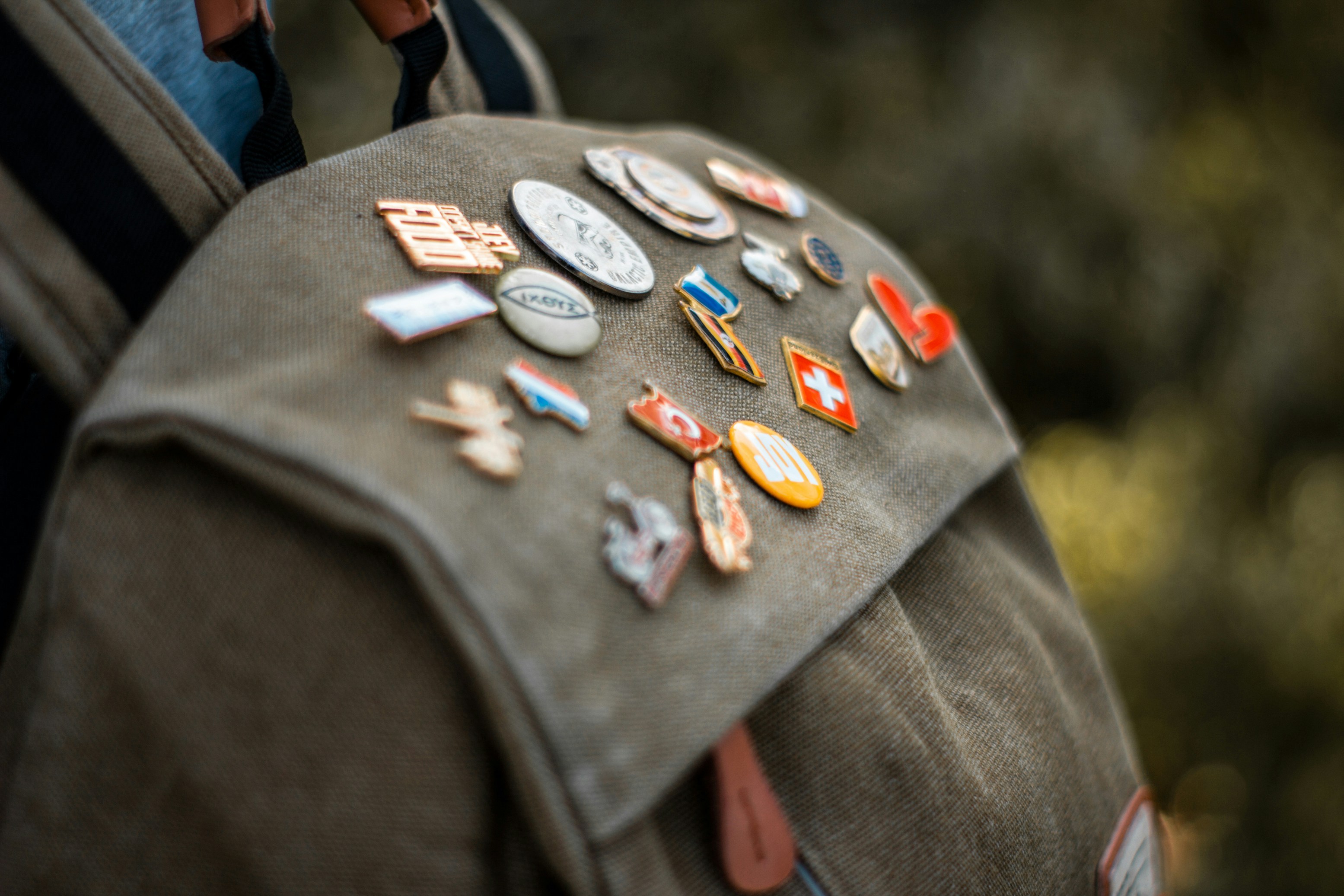
Exploring the Legacy of the Boy Scouts: New Exhibits, History, and the Tradition of Patch Trading

Exploring the Legacy of the Boy Scouts: New Exhibits, History, and the Tradition of Patch Trading
The World Scouting Museum has recently opened its doors in Charleston, marking a significant new hub for Scouting history. This new museum near the Summit Bechtel Reserve in Southern West Virginia features over 200,000 Scouting memorabilia pieces.
In addition to the World Scouting Museum, the Otis H. Chidester Scout Museum of Southern Arizona held an open house to celebrate its contributions to Scouting history. This museum features Arizona’s largest collection of Scouting memorabilia, including merit badges, photographs, and uniforms. The event focused on celebrating the organization’s impact on local youth and preserving Scouting traditions.
These museums celebrate Scouting America’s heritage and serve as educational resources that benefit the community and promote Scouting’s core values.
The Early History of the Boy Scouts: From a Vision to a Global Movement
The Birth of the Boy Scouts in 1907 marked a pivotal moment in youth organizations. Founded by Robert Baden-Powell, the Boy Scouts has inspired generations to engage in outdoor activities, community service, and personal development. The movement started in 1907 in England as a program for boys aged 11 to 18. The inaugural camping trip took place on Brownsea Island, providing a foundational experience that would shape the future of scouting.
Baden-Powell’s military background played a crucial role in the development of the Boy Scouts. His mapmaking and reconnaissance skills allowed him to effectively train soldiers and instruct young boys in leadership and survival. Known for his unorthodox leadership style, Baden-Powell set up small units with one leader at the helm. Young members were recognized for their achievements with badges resembling today’s universal scout badge.
Boy Scout handbook
In 1908, Baden-Powell published “Scouting for Boys,” which became an overnight success and drew interest. The book was translated into various languages within a year, leading to the official name change to the Boy Scouts. The movement quickly expanded, incorporating girls as well when Baden-Powell and his sister, Agnes, initiated the Girl Guides in 1910. During World War I, youth led many patrols as adult leaders were called to military service.
Scouting movement
The Boy Scouts continued to evolve, establishing Cub Scouts in 1916 for younger boys under 11. The first World Conference occurred in 1920, attended by 33 national organizations, highlighting the movement’s global reach. By 1922, the second conference saw participation from 31 national organizations and global membership exceeding over 1 million Scouts. During the world wars, Scouts provided vital aid and assistance in their communities.
Boy Scouts troops
After World War II, many newly independent countries in developing regions established their own National Organizations, diversifying the scouting movement. Scouts promote ideals like peace and environmental sustainability, continuing Robert Baden-Powell’s legacy of youth engagement and leadership.
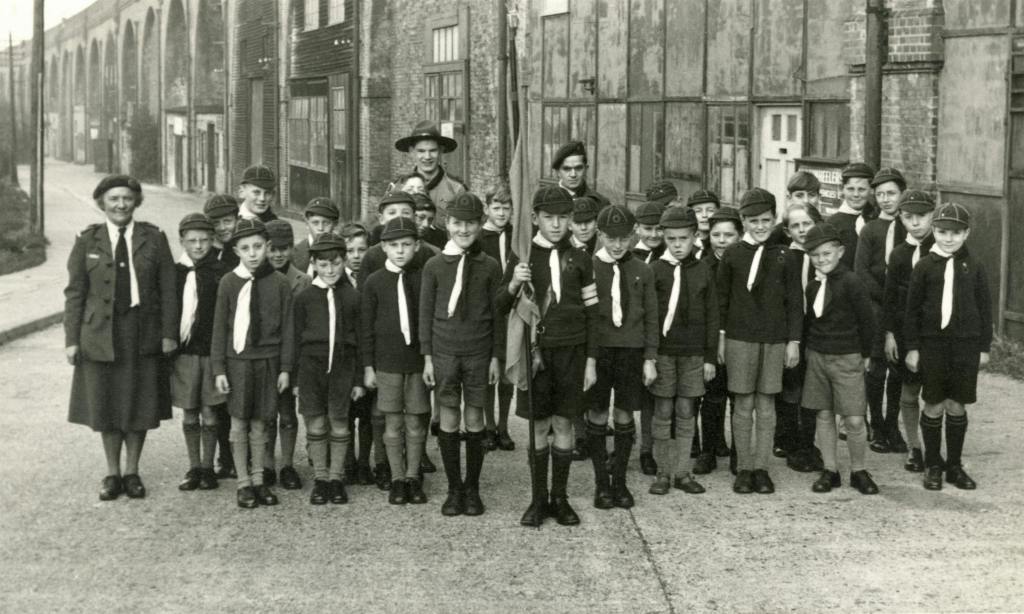
The Story of the Scouts Told Through Patches: A Colorful History
1935: The Birth of Senior Scouts and the Expansion of the Movement
In 1935, the Boy Scouts of America created the Senior Scouts, targeting older boys over the age of 15. This program marked a significant expansion within the scouting movement and provided essential skills for those in Scouting America. It also encompassed various specialized branches such as Sea Scouts, Air Scouts, Explorer Scouts, and Rover Scouts. Senior Scouts offered older youth tailored experiences that addressed their developmental needs and improved their outdoor skills.
1949: The Founding of Explorer Scouts and the Rise of Senior Scouts Programs
By 1949, the consolidation of senior scout programs into the Explorer Scouts came into effect. Although Air Scouts and Sea Scouts were rebranded. The Air Scouts were renamed Air Explorers and the Sea Scouts were renamed Sea Explorers. The minimum joining age for participation was lowered to 14.
During this period, the Bronze Award, Gold Award, and Silver Award were introduced. The Explorer Silver Award from this era has gained attention in the collectibles market, with eBay listings around $249.99.
1966: The Shift Toward Career Development in Exploring
A notable shift occurred in 1966, as the Exploring program began to emphasize career development. By 1969, young women aged 14 to 20 were welcomed into special-interest Explorer posts, promoting inclusivity within the program.
In the 1970s, various programs emerged focusing on leadership training and youth engagement, including the election of national officers. In addition, by the mid-1970s, racial integration was achieved, further promoting inclusivity and full membership.
Throughout the 1980s, seminars were organized in high schools to prepare youth for career advancement across various fields.
1998: The Creation of Venturing and the Evolution of Scouting
The evolution of the scouting movement continued in 1998 with the establishment of the Venturing program. This program reorganized the Exploring program while shifting career-oriented posts back to Exploring.
1999: The Introduction of the Venturing Ranger Award
In 1999, the organization introduced the Venturing Ranger Award. Additionally, the Venturing Silver, Gold, and five Bronze Awards, recognized youth with expertise in outdoor skills and adventure activities.
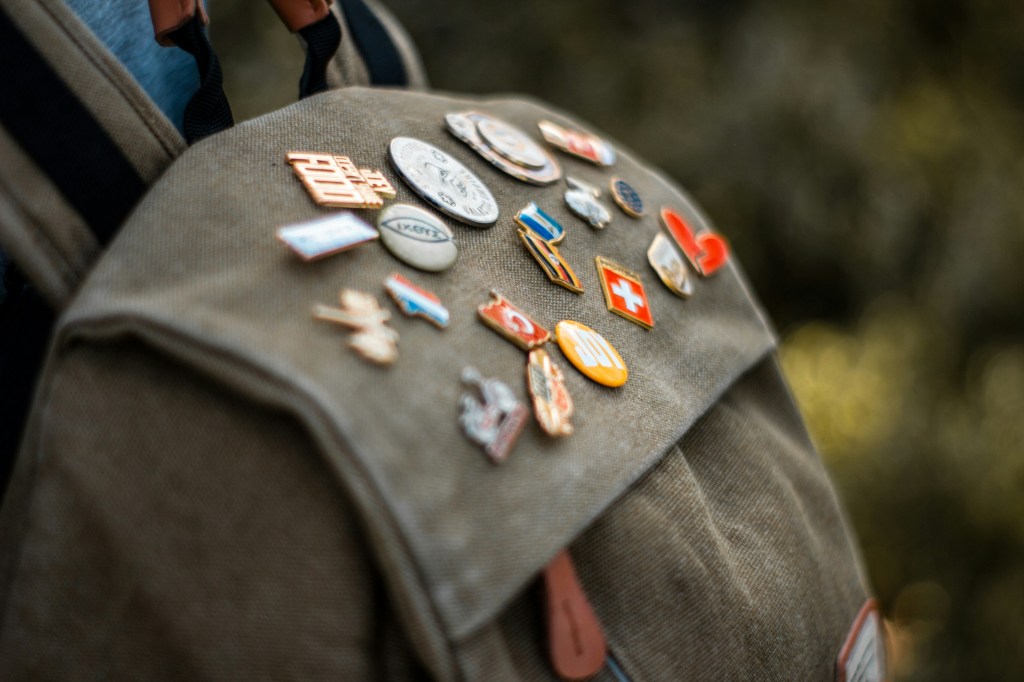
The Tradition and History of Patch Trading: A Scout’s Badge of Honor
How patch trading became a key tradition in scouting culture
Patch trading has developed into a significant tradition within the Scouting culture. It serves as a fun activity and a meaningful way to commemorate milestones and events.
Scouts often collect patches to mark their achievements, experiences, and special moments throughout their journey in Scouting. Patch collection and trading are key aspects of camaraderie and shared experiences in Boy Scout culture.
The role of patches in commemorating milestones and events
The origins of patch trading are somewhat murky, but we can trace its evolution. In the early days, people predominantly limited the patches to rank insignias, merit badges, and position badges. Scouts at international events like World Association fairs likely sparked the patch-trading culture by trading patches and uniforms.
During the 1940s, things began to change as patches became increasingly common, especially in the United States. This period marked the start of structured patch trading among Scouts.
Trading patches has become a key tradition that helps Scouts connect with others in their councils and beyond. It symbolizes the spirit of Scouting by building relationships, celebrating achievements, and creating lasting memories through patch exchanges.
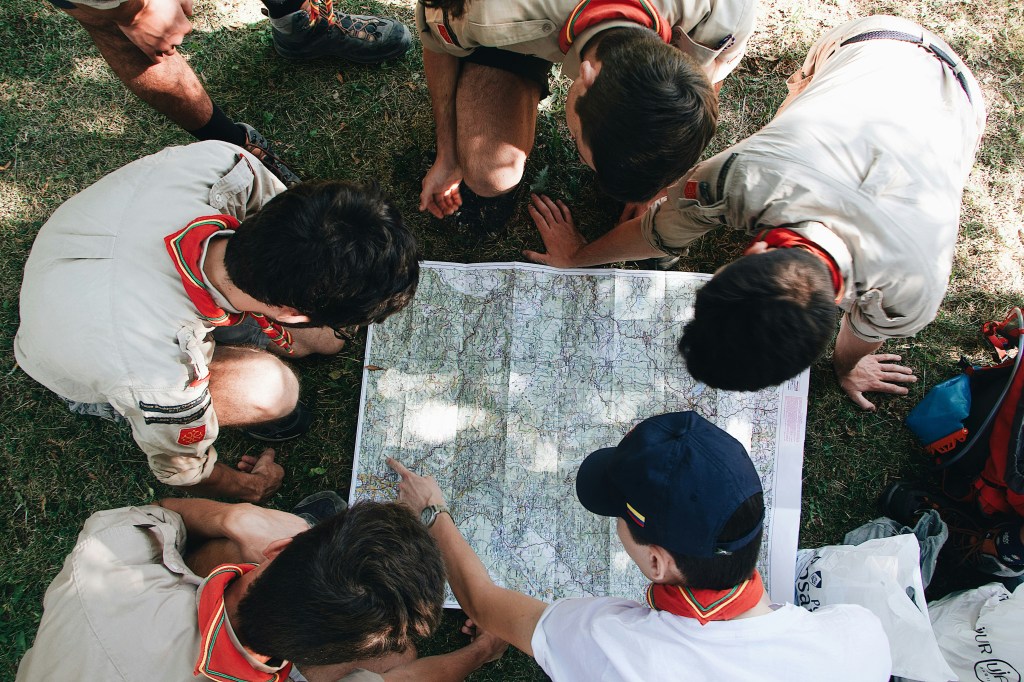
The Role of Collectors in Preserving the Boy Scouts’ Legacy
Collecting Boy Scout memorabilia preserves scouting history and passes on the organization’s traditions and values. Scout collectors dedicate their time and resources to curating artifacts that represent the spirit of scouting. This commitment honors the past and keeps alive the principles of scouting, encouraging young people to appreciate the legacy.
Family history
Many collectors actively seek out scouting memorabilia, connecting it closely to their family history. Preserving Boy Scouts artifacts from a family member can remind us of their experiences and lessons learned. Collectors can convey the Scouts’ teachings and promote the values of the Scout Oath.
Nostalgia
Additionally, collecting memorabilia is an effective way to reminisce about the adventures and friendships formed during scouting years. Whether through attending campouts, learning survival skills, or participating in community service, these experiences create cherished memories. Collecting these artifacts honors the journeys and experiences of scouts, including Girl Scouts, emphasizing the inclusive spirit of scouting.
Blending education, history, and nostalgia
Ultimately, collecting Boy Scout memorabilia transcends nostalgia and serves as an educational tool, teaching the present about the past. It emphasizes the enduring influence of scout leaders and their contributions to shaping the character of young people. Collectors promote kindness, responsibility, and community service, allowing the spirit of scouting to thrive.
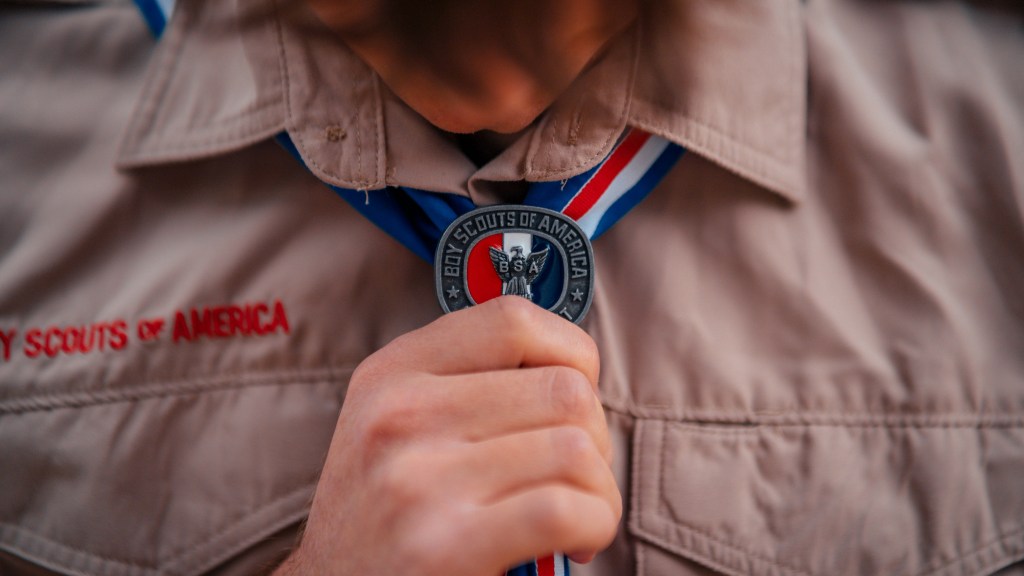
Sources
https://therealwv.com/2023/08/03/world-scouting-museum-opens-in-charleston-as-summit-reserve-welcomes-thousands-to-southern-west-virginia/
https://www.kgun9.com/news/community-inspired-journalism/midtown-news/scouts-honor-otis-h-chidester-scout-museum-of-southern-arizona-hosts-open-house
https://www.scout.org/who-we-are/scout-movement/scoutings-history
https://www.britannica.com/topic/Boy-Scouts
https://www.deseret.com/utah/2024/08/01/deseret-news-archives-boy-scouts-movement-began-in-1907/
https://www.britannica.com/biography/Robert-Stephenson-Smyth-Baden-Powell-1st-Baron-Baden-Powell
https://www.scouting.org/programs/venturing/about-venturing/history/
https://lhcscouting.org/the-history-of-the-boy-scouts-a-timeline/
https://www.ebay.com/itm/204149686676
https://www.ebay.com/itm/196187803552?gQT=2
https://www.ebay.com/itm/364258704671
https://www.scoutshop.org/other-programs/venturing/position-emblems.html?srsltid=AfmBOorBlVL2et6UOQ6Enz4ZA-wjgCzS9LPaSITHx3EzHhnoqzAnDq2e
https://www.scoutshop.org/sterling-silver-venturing-ranger-award-4184.html
https://scouttrader.org/collecting/History.pdf
https://scoutingmagazine.org/2006/10/preserving-the-past-enriching-the-future/
About Collectibles Insurance Services
Collectibles Insurance Services has been protecting collections since 1966 and all coverage is provided by a carrier with a group rating of “A” (Excellent) by AM Best, the leading rating agency for the insurance industry.
Comprehensive coverage includes, but is not limited to: accidental breakage, burglary, fire, flood, loss in the mail, theft, natural disasters, and other causes of loss unless specifically excluded from the policy. Deductibles start at $0 for collector policies and we provide coverage for the market value of your collection for losses in excess of $50.
Additionally the protection extends At home and away, and we don't require collection itemization and serial number nor extensive paperwork and red tape.
